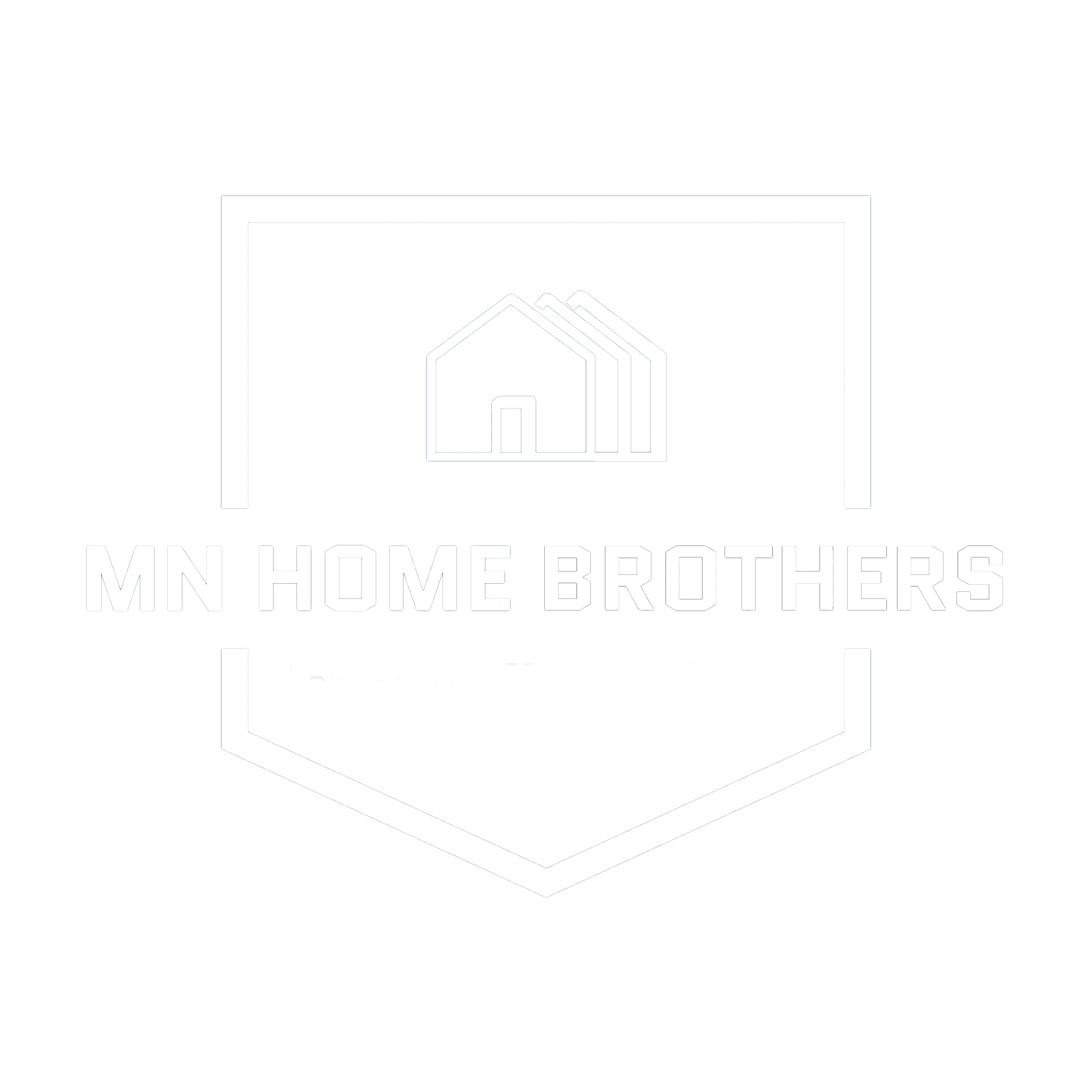St. Louis Park
History
Two of the village’s landowners and five businessmen from Minneapolis created the St. Louis Park Land and Improvement Company, the city’s first developer. In 1886 and 1887, they platted three subdivisions.
In 1890, lumber baron Thomas Barlow Walker and a group of wealthy Minneapolis industrialists incorporated the Minneapolis Land and Investment Company to focus industrial development in Minneapolis. Walker’s company also began developing St. Louis Park for industrial, commercial and residential use.
Generally, development progressed outward from the original village center at the intersection of the Minneapolis and St. Louis Railroad (now CP Rail) with Wooddale Avenue. However, this concentric pattern wasn’t strong and was overtaken by Minneapolis expansion. By 1883, the western boundary of Minneapolis was at France Avenue. The Minneapolis city boundary may have continued to expand westward had it not been for St. Louis Park’s 1886 incorporation.
In August of 1886, 31 people signed a petition asking county commissioners to incorporate the Village of St. Louis Park. The petition was officially registered on Nov. 19, 1886. By incorporating, these citizens hoped to turn this small community into a boom town.
Around 1890, the village had more than 600 industrial jobs, the majority associated with agriculture implement manufacturing.
By 1893, the downtown area of St. Louis Park had three hotels and many newly arrived companies surrounded the downtown. The St. Louis Park Tennis Club financial panic of 1893 altered the developer’s plans and put a damper on the village’s growth. Walker left St. Louis Park to pursue other business ventures.
In 1899, St. Louis Park became the home to the world’s first concrete, tubular grain elevator and provided an alternative to combustible wooden elevators. Despite the nickname of “Peavey’s Folly” and dire predictions that the elevator would burst like a balloon when the grain was drawn off, the experiment worked and concrete elevators have been used ever since. You can still see this former grain elevator (which is now on the Historic Landmark Register). It’s the tall chimney-like Nordic Ware tower near Highway 7 and 100.
In 1954, voters approved a home rule charter that gave St. Louis Park the status of a city. That action enabled St. Louis Park to hire a city manager to assume some of the duties handled by the part-time city council.
In those days, the primary concerns were the physical planning of St. Louis Park, updating zoning and construction codes, expanding sewer and water systems, paving streets, acquiring park land and building schools.
Today, most of St. Louis Park is developed, and much of the focus has shifted from building infrastructure to improving it. St. Louis Park actively encourages quality redevelopment and is a recognized leader in redevelopment aimed at creating livable communities, areas that are less reliant on cars and offer a mix of housing, shopping, entertainment and jobs within a short distance of one another.
Geography
According to the United States Census Bureau, the city has a total area of 10.86 square miles (28.13 km2), of which 10.64 square miles (27.56 km2) is land and 0.22 square miles (0.57 km2) is water.
Interstate 394, U.S. Highway 169, and Minnesota State Highways 7 and 100 are four of the main routes in St. Louis Park.
Government
St. Louis Park operates under the Council/Manager form of government. An elected City Council sets the policy and overall direction for the city. Then city workers, under the direction of a professional city manager carry out council decisions and provide day-to-day city services. The city manager is accountable to the City Council. St. Louis Park voters elect the mayor and six (two at-large and four ward) City Council members to four-year terms. The mayor and at-large council members represent all residents; the ward council members are primarily responsible for representing their ward constituents.
Politics
St. Louis Park is in Minnesota’s 5th congressional district, represented by Ilhan Omar, a Democrat. The town was placed in this district, which includes traditionally liberal segments of Minneapolis, in the redistricting after the 1990 census. Before that, St. Louis Park had been part of the 3rd congressional district, along with Edina and other more conservative suburbs. The 3rd district was represented by Republicans Clark MacGregor and William Frenzel from 1961 until 1991.
Education
The St. Louis Park School District, Independent School District 283, is home to seven public schools serving about 4,200 students in grades K–12 students. St. Louis Park is the only school district in Minnesota in which every public school has been recognized as a Blue Ribbon School of Excellence by the U.S. Department of Education.
Notable people
Michael Birawer, artist.
The Coen Brothers, filmmakers.
Charles Foley (1930–2013), inventor of the game Twister (lived in a special care facility in St. Louis Park at the time of his death from Alzheimer’s disease)[18]
Al Franken (b. 1951), U.S. Senator, comedian.
Thomas Loren Friedman (b. 1953), journalist and author.
Sharon Isbin, guitarist, professor at the Juilliard School.
Ade Olufeko, international curator.
Norman Ornstein, political scientist.
Michael J. Sandel, political philosopher.
Marc Trestman, football coach.
George Floyd, truck driver, security guard, and rapper whose murder in police custody set off the George Floyd protests.
Owen Husney, manager who discovered and first signed Prince to Warner Brothers.
From Wikipedia, the free encyclopedia
Contact Us
We would love to hear from you! Please fill out this form and we will get in touch with you shortly.
